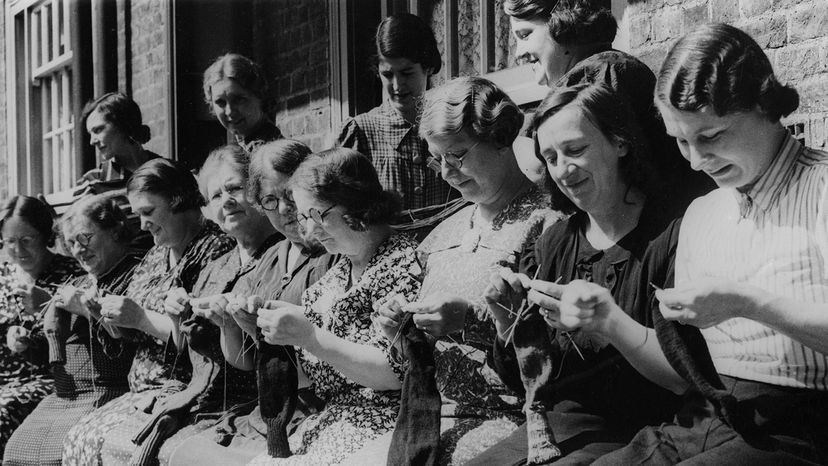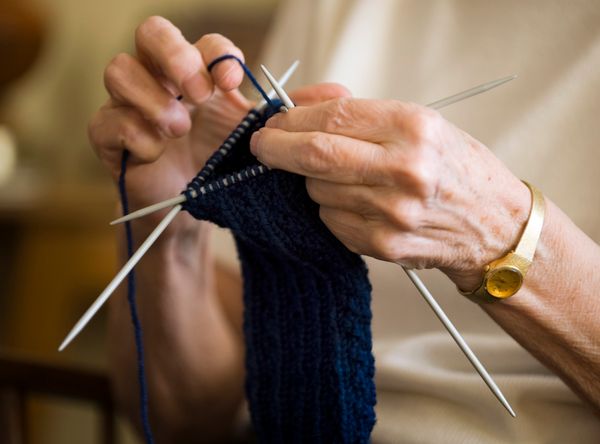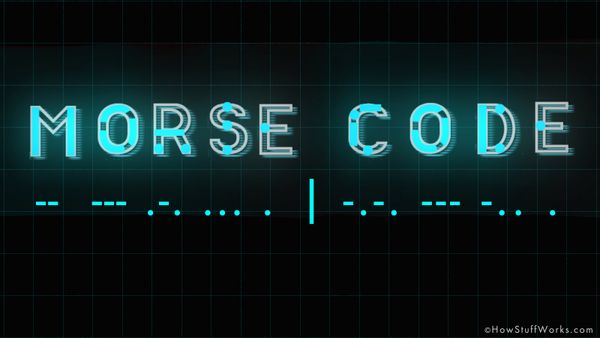
In most wars, bullets and bombs tend to steal the show.
But knitting is also a weapon, and a wily one at that. And no, it's not because of the sharp needles.
Advertisement
Those who study encryption know that for centuries, wartime knitting has conjured shadowy powers in secret knitted codes — crafted directly into the stitches of garments — that were passed along to allies who decrypted the strands and then planned their responses accordingly.
The practice, which is technically called steganography, has actually been around for thousands of years. It refers to the act of hiding secret messages in ordinary items so as to not arouse suspicion. With enough expertise and calm nerves, a clever person could pass detailed messages right under the noses of even the most intelligent adversary.
To understand how codes are crafted into knitting, you need a bit of a handicraft background.
"Knitting is made up of different stitches, the most common of which are the knit and purl; at its simplest, relatable to binary code," says Melissa Kemmerer, co-creator of Nomadic Knits knitting and culture magazine. "Knit stitches are flat and resemble the letter 'V', while purl stitches are horizontal bumps."
In essence, that means anyone with the right skills and knitting prowess could learn to hide messages in fabric — and there are infinite ways to do so. You could conceal numbers or text as Morse code, which uses a series of basic dashes and dots to relay information.
By alternating these two stitches to produce Morse code, the knitter could send encrypted messages through something like an innocent-looking sweater, Kemmerer says. The message sender could pass along the garment to an undercover agent, who'd interpret the code and send along the message to headquarters. Non-knitters, as many soldiers tended to be, would not likely notice anything unusual about a piece of knitting.
"Knit and purl stitches are regularly used together in patterns to create a variety of common textures (picture the ribbing on the hems and cuffs of a sweater), and the odd purl bump hidden in a pattern of knit stitches could easily be overlooked, or if noticed, assumed to part of the intended patterning," says Kemmerer. "Even when more noticeable stitches were used to encode a message into the garment, it would appear to the uneducated eye to be simply a mistake. Experienced knitters can spot any variation in stitches right away, especially when knowing where to look."
Advertisement


